Snaring is a minimalist form of hunting and is usually done with small game; however, there are snaring methods for trapping larger game, too. You want to begin by finding where the animals are moving because a commonly successful location for snaring is on an active game trail. This is because animals move through your snare essentially trapping and strangling themselves. To know a game trail is active look for things like fresh animal tracks, pieces of fur, and scat. Once you determine you have an active trail, it’s time to place your snare(s). The size of the snare you use depends on the size of game you’re after. For this discussion we’ll use a snare setup for rabbits since rabbits are a common game animal in many areas of the country. All the materials you need can be found in the woods or in your home. Snares can be purchased ready made or you can make you own from wire, string, cord or vines. Wire snares are generally the sturdiest and will hold the animal the best. Remember that the softer the snare material is, such as vine and cord, the easier it will be for an animal to possibly chew through it and escape. For a basic snare you’ll need: – 12″-15″ sturdy cord (paracord works well) – Enough snaring wire to make a loop 4” in diameter (high strength fishing line, 50+ lbs, is also effective) – A stick at least 18″ long and 3/4″-1″ in diameter with one end sharpened – Two very thin, brittle twigs at least 8″ long Find a naturally narrow spot on the game trail to place your snare. This increases your chances the game will pass through and not around the snare. You can also use a method known as funneling. For funneling, you place branches and brush on each side of the trail leading up to your snare in hopes of ‘funneling’ prey into the trap. Not enough of a barrier to completely block the prey in; just enough to make it inconvenient to pass through and leave the trail. If using this method, make sure to funnel both sides leading to the snare in order to trap prey coming from either direction. Using the first few inches of cord, tie a firm slip knot around the stick about 10″ from the sharpened end (pic.1). The snaring wire should be made into a loop by wrapping the wire around itself at one end to make a small eyelet. Run the straight end of the wire through the small eyelet and wrap the straight end of the wire into a second small eyelet (pic. 2). Using another slip knot, secure the loose end of the cord to the outermost eyelet (pic. 3). Place the sharpened end of the stick in the ground 4″-5″ from the trail. Make sure at least 6″ of the stick is in the ground to ensure prey can’t pull it out when struggling (pic. 4). Adjust the cord on the stick so the loop hangs 2″-3” from the ground to ensure the rabbit’s head will go through the loop without it being able to step completely through and escape. Place the two twigs through each side of the loop and into the ground (pic. 5). The twigs should be stuck into the ground just deep enough to keep them upright and keep the loop open but shallow enough that they’re easily knocked down by prey in the snare. It’s a good idea is to set up multiple snares to maximize your chances at catching a meal, but make sure you remember where you put them all. There you have it! Make sure to keep checking your snares so your catch doesn’t spoil or become an easy meal for an opportunistic predator. Practicing this method of hunting is always a good idea (practice makes perfect), but check your state’s hunting laws in case they have specific license requirements for snaring. The concept is the same for larger animals but you need to consider the strength of the cord and wire as well as the height you place the snare. The bigger the animal you are after the stronger the cord and attach point need to be. With an animal the size of a deer, you might use a rope attached to a tree to snare them but your snare will just be able to hold them until you can get to the trapped animal. Be careful when approaching a snared animal becuase they are not go to go down easy.
How to rig a snare
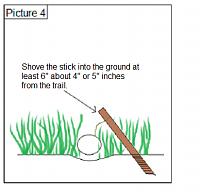
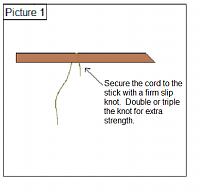
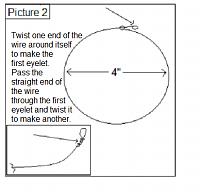
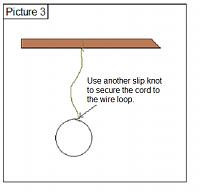

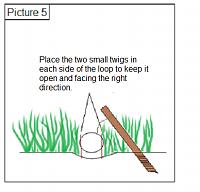
It’s rather entry level in terms of black steel without reserving unyielding interest to suit another reason. Phantom’s screams are actually typical of this genre, with a few distance provided to its cruelty.